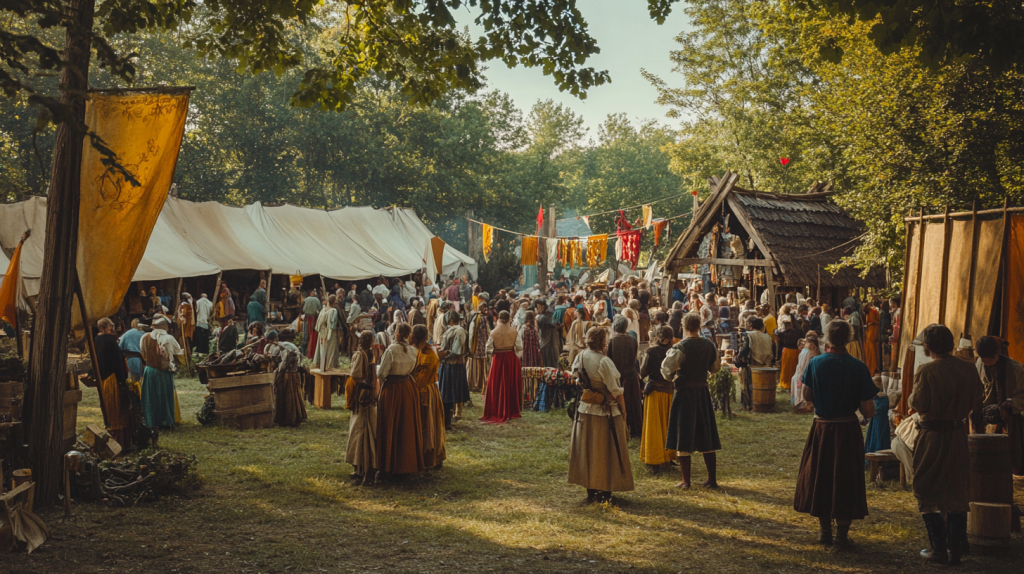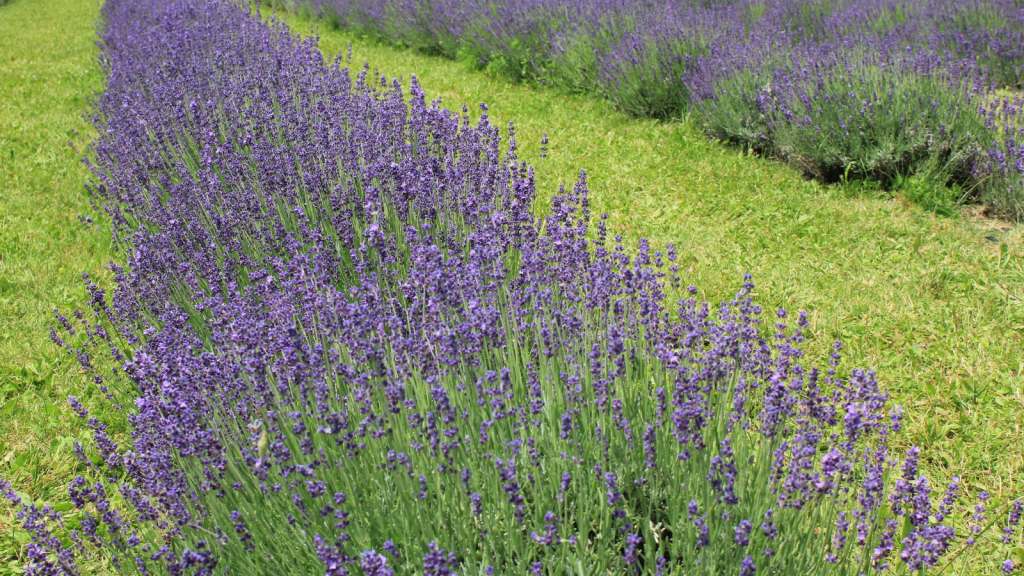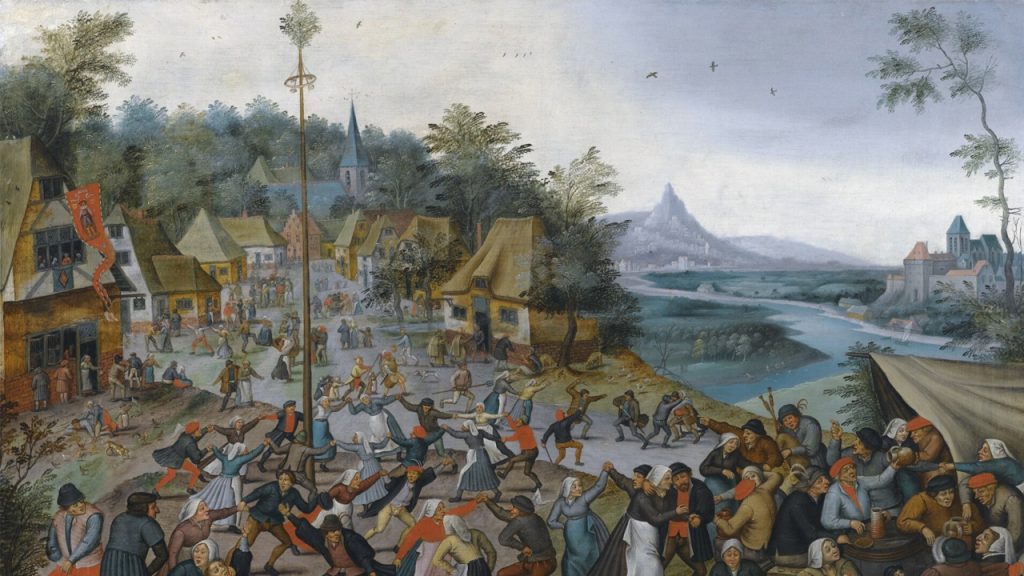Often, when we think of the medieval period, our minds go straight to wars, plagues, or harsh living conditions, but it wasn’t all doom and gloom. Life in medieval England had its fair share of joy, community, and even some quirky traditions that may surprise you. So, let’s look at some of the charming and happy facts from this fascinating time.
1. Villages Held Vibrant Festivals Year-Round

Medieval villages loved a good celebration. From harvest festivals like Lammas to midwinter feasts during Yuletide, the calendar was dotted with moments of merriment. People gathered for music, dancing, and feasting, often in honour of saints or seasonal changes. These festivals were a bright break from everyday life, bringing people together in joy and community.
2. Christmas Was 12 Days of Fun

In medieval England, Christmas wasn’t just a single day of celebration. The festivities lasted for twelve full days, known as Christmastide. Lords and ladies would host great feasts with heaps of food and drink, while the poor would receive alms. It was a time of generosity, filled with song, games, and plays. Even peasants got to take a much-needed break from their work during this festive period.
3. People Enjoyed Colourful Clothes

Despite the common image of drab clothing, medieval England was often awash with bright colours. Dyes made from plants and minerals allowed for vibrant hues of red, yellow, green, and blue. Even lower-class folk enjoyed a splash of colour in their clothes, particularly on special occasions. Wealthier individuals would dress in rich shades of purple or scarlet, making medieval streets more colourful than you’d expect.
4. Gardens Were Full of Medicinal Herbs

Medieval people had a deep connection with nature, and many households kept gardens filled with herbs used for medicine. These herbal gardens, often maintained by women, were a source of pride and knowledge. Lavender for calming, rosemary for memory, and mint for digestion were common, making their daily lives healthier and more pleasant.
5. Cathedrals Were Not Just for Worship

The towering cathedrals of medieval England, like Canterbury and Salisbury, were not just places of worship—they were the social hubs of their time. People gathered there for markets, gossip, and even performances. These impressive buildings were full of art and music, making them places of wonder and joy in their communities.
6. The First Recorded Joke Book Was Written

Believe it or not, medieval England had a sense of humour! In the 15th century, a book called The Jest Book (Joculatores) was compiled, collecting jokes and funny anecdotes. Some of the humour might be a bit lost on us today, but it shows that even back then, people loved a good laugh and weren’t always so serious.
7. May Day Celebrations Were Joyous

May Day was one of the happiest days of the medieval year. It was a celebration of spring and new life, marked by joyous outdoor games, music, and dancing around the maypole. People decorated their homes with flowers and greenery, and communities came together for a day of merrymaking, a chance to shake off the chill of winter and embrace the warm months ahead.
8. Alehouses Were the Heart of Village Life

While today we might head to the pub for a pint and a chat, in medieval times, alehouses played a similar role. These local gathering spots were often run by women (called alewives) and were the centre of village life. People gathered to share stories, hear the latest news, and, of course, enjoy homebrewed ale in a relaxed, friendly setting.
9. Music Was Everywhere

Music filled the lives of medieval people, from church choirs to travelling musicians known as minstrels. Many households owned simple instruments like flutes or lutes, and people would often sing or play music during social gatherings. This love of music was a source of joy for many, creating a vibrant soundscape in markets, festivals, and homes.
10. Animals Were Treated Like Family

Medieval people loved their animals, and many kept pets, including dogs, cats, and even birds. Dogs were highly valued for their hunting skills, but they were also beloved companions. Cats, much like today, were cherished for their ability to keep rodent populations down. These animals often held a special place in family life and were treated with affection and care.
18 Everyday Things Amish Women Aren’t Allowed to Do

The Amish culture is known for its simple way of life and adherence to traditional values. While this lifestyle may seem appealing to some, there are certain restrictions that Amish women face that most modern women do not. Take a look at these things that we take for granted that are off-limits to Amish women.
Read More: 18 Everyday Things Amish Women Aren’t Allowed to Do
Ellen has been obsessed with logic puzzles, jigsaws, and cryptograms since she was a kid. After learning she was taught how to play chess wrong by a family friend (so they could win), she joined her school chess club and the rest is history.


